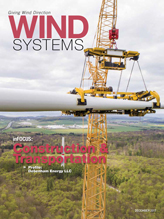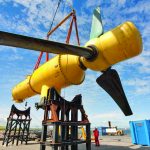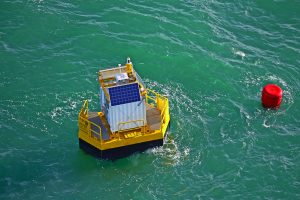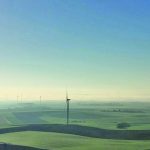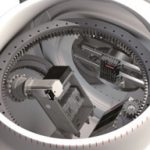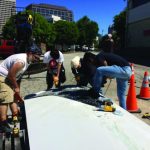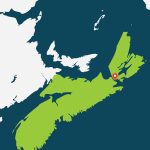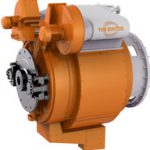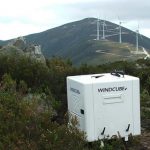Canadian renewable energy developer Sequoia Energy Inc. has successfully used Vaisala’s Triton Wind Profiler remote sensing unit to secure financing and cut wind measurement costs in central Canada, where sub-zero temperatures, snow, and ice regularly disrupt measurement campaigns. The device, deployed in tandem with a shorter, 60-meter meteorological (met) tower, has enabled Sequoia to identify sites for further project development and reduce vertical wind-shear extrapolation uncertainty without installing costly hub-height met towers.
As the North American wind market continues to mature, project developers are increasingly looking to access more complex and remote locations to take advantage of untapped wind resources. However, these regions’ climates — as well as the increasing height of wind turbines — often raise a number of challenges for wind measurement requiring innovative and efficient means of resource assessment.
“You can only put met towers in certain places determined by consultants, landowners, and, of course, the project terrain,” said Dan Cox, manager of business development at Sequoia. “Using the Triton in combination with a shorter met tower gives us better representation of hub-height wind speeds, while avoiding the cost of putting up a hub-height met mast at 100 or 120 meters. The cost of such a tower is significantly higher than the cost of a Triton and can be difficult to maintain even in the best conditions, let alone the challenging environments of a cold climate measurement campaign. Using the Triton in this way allows us to quickly gather hub-height measurements and lower the uncertainty of our long-term energy predictions, which improves our chances of securing financing and at favorable terms.”
Overcoming Obstacles
Cold climates such as those in central Canada have the potential to wreak havoc on measurement campaigns. Tall met towers can collapse from ice buildup, mechanical sensors can freeze, and many remote sensing systems that are not engineered with power consumption in mind require constant maintenance and refueling.
While installing smaller met towers can reduce costs, it is then often necessary to extrapolate wind-flow conditions at taller wind-turbine hub heights, introducing uncertainty into the data. However, by pairing a Triton with a 60 meter met tower, Sequoia has been able to lower the uncertainty of this vertical shear extrapolation, with positive results at the project financing stage.
%%1217-Vaisala%%
In addition, the Triton’s easy mobility allows Sequoia to deploy and redeploy its fleet of Triton units at a number of locations. Along with the system’s low power consumption and proven robustness in cold conditions, Vaisala’s SkyServe package, which provides secure online access to data and technical support in the field, helps the company further control its measurement campaign budgets.
Growing Adoption
Vaisala is an expert in wind measurement, project assessment, and energy forecasting. Its extensive Remote Sensing Revolution report outlines how the use of remote sensing technology by developers, investors, operators, and consultants has evolved within the wind industry. The report also illustrates further examples of how remote sensing is being used in cold climates worldwide. For example, supporting developers in the northern reaches of Finland.
“In particularly challenging conditions, such as the arctic winters of central Canada and Scandinavia, the Triton offers an efficient and cost-effective means of collecting hub-height wind measurements,” said Pascal Storck, director of Renewable Energy at Vaisala. “Robust enough to withstand the ice and snow and continue collecting accurate wind data, the device itself can easily be moved from site to site reducing the need to install expensive hub-height met masts. Its robustness also means it is increasingly being used in cold climates worldwide, and our Remote Sensing Revolution report will highlight this growing trend.”
Source: Vaisala
For more information, go to www.vaisala.com/energy



















